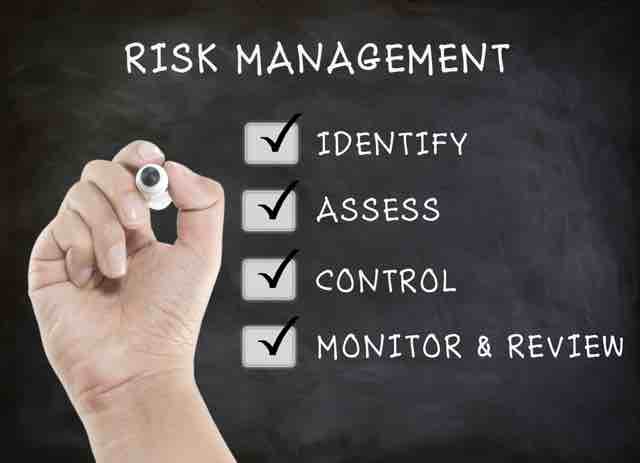Business Risk Management
Particularly in a start-up business, it is important to control costs in order to achieve or increase profitability. Despite that, most entrepreneurs realize that they must invest in equipment and other resources which they expect to contribute to their business’ profitability – it is obvious that a business cannot run unless it has the proper tools. However, many entrepreneurs overlook ways to minimize risks and future costs related to the operation of their business. As Ben Franklin said: “A penny saved is a penny earned.” In other words, spending money in a prophylactic manner to save future monies or to avoid future expenses has the same net effect as spending money designed to make future profits.
There are many ways to protect your business to avoid or minimize future costs, problems and disputes. This article describes several examples; however, before taking any action, you should consult with your legal and tax advisors to determine which approach(es) makes the most sense for you and your particular business from a cost-benefit perspective.
The first thing to consider in order to minimize exposure to risks associated with your business is to form and run your business through a separate legal entity. Most business owners operate as a “sole proprietorship”, which is nothing more than a fictitious extension of the individual owner. In the event of a claim or other liability against the business (like its debts), the owner is personally liable and his or her personal assets may be pursued to satisfy the claim. That means that your personal assets including your house, your bank accounts, retirement and children’s college fund, may be at risk.
Instead, you may consider operating your business through a corporation, limited liability company, partnership or joint venture. Generally speaking, a corporation or a limited liability company will provide better protection against personal liability to the business’ owners. However, among other things, those entities require that the business be adequately capitalized, and that business managers comply with certain statutory formalities and reporting requirements in order to maintain the protections that they provide. In addition, business operation through such an entity has significant tax implications, many of which may be minimized through proper planning in consultation with your tax and legal advisors. For example, a corporation’s owners can minimize the effect of “double taxation” (where the corporation pays tax on its income and then its shareholders also pay tax on distributions from the corporation), by making a valid S corporation election under the Internal Revenue Code, if available.
Next, every business owner should consider using written contracts or other terms and conditions in order to memorialize their agreements with customers, vendors and other third parties. A written agreement avoids ambiguities and other potential disputes by defining the respective obligations of the contracting parties (even disputes which are defended successfully are expensive, time-consuming and deplete company resources which could otherwise be used for more productive purposes).
Well-drafted contracts should be sufficiently detailed and contain key terms defining the parties’ mutual obligations. For example, price and payment terms should be described in detail. In order to minimize risks and to protect your business, the contract also should contain representations and warranties, indemnification provisions, limitations of liability, choice of law provisions and clauses to govern resolution of potential future disputes, like arbitration clauses which define the arbitration procedure and venue, among other things. For example, at a minimum, a contract to purchase equipment should contain representations and warranties that the seller has good and marketable title, that the equipment is in good working order and condition and that the equipment does not infringe any third party rights or contain any hazardous materials. The seller should agree to indemnify the buyer for any future claims which arise from a breach of those provisions in order to protect the buyer from unforeseeable and unquantifiable risks.
In addition, good business practices can help to decrease risks. For example, keeping accurate and detailed business records, requiring customers and vendors to sign contracts, protecting the business’ tangible and intangible property by requiring employees to sign confidentiality and invention assignment agreements, third parties to sign non-disclosure agreements, registering trade secrets and copyrightable materials.
Finally, sooner or later every business will be on the receiving end of a claim. As such, all businesses should consider obtaining liability and property insurance which cover the business’ assets and operations.
The typical entrepreneurial business owner does one or more things very well which has made them successful. They may be great marketers or sales people; they may have possessed the ingenuity to develop a unique product or service; etc. However, none of us possesses all of the skills necessary to run every aspect of a successful business. For that reason, it is critically important to consult professionals in areas beyond your expertise, such as tax and accounting, marketing, and legal matters. While those services will cost money, those expenses should be outweighed by future cost-savings. Ask yourself this question – Would you be willing to pay $2,000 today for tax advice which saves you $5,000 next year?

